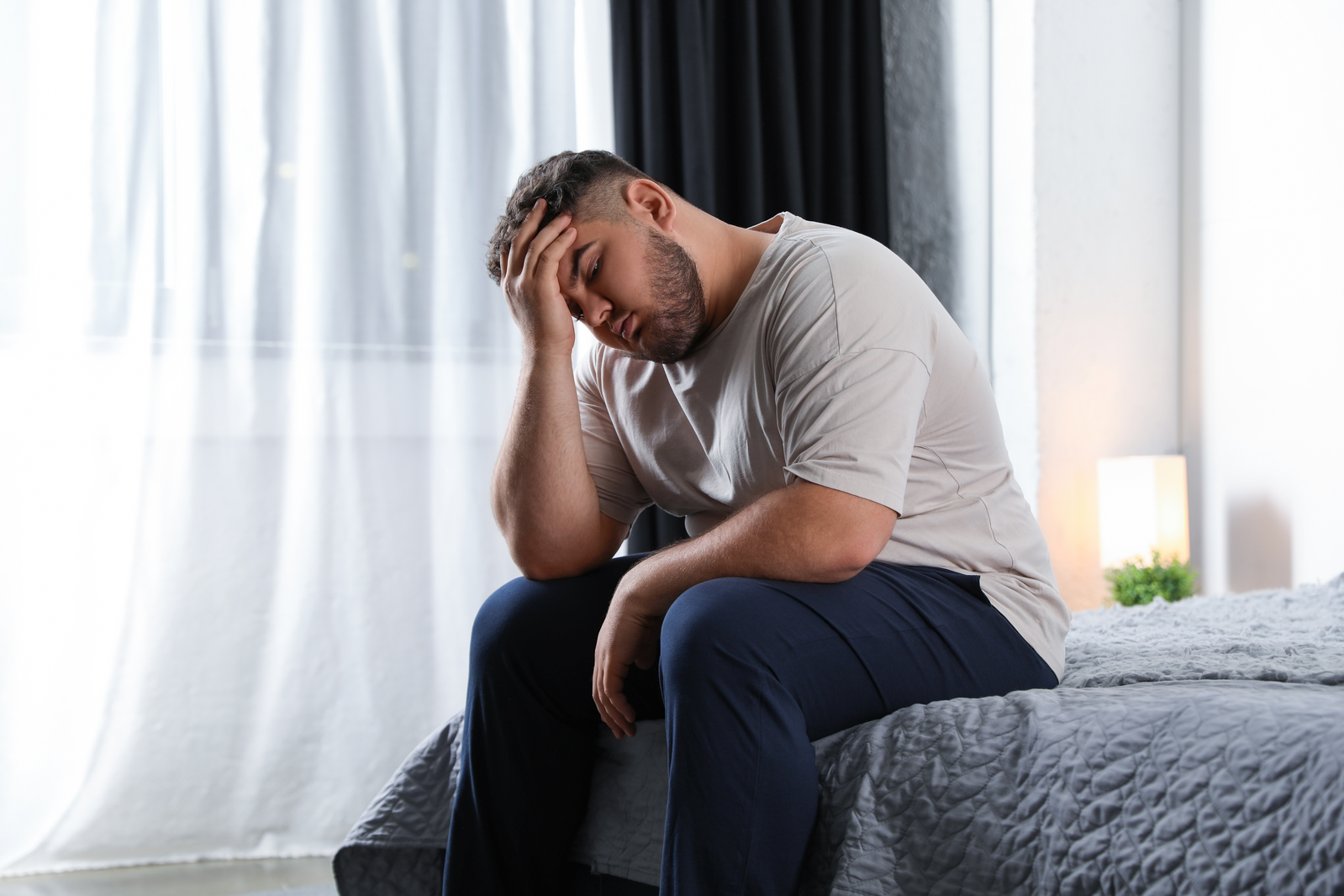Testosterone replacement and optimization is poorly managed by most physicians. In our medical training, we receive very little education on how to manage men as they age and their testosterone levels decline. When I entered practice, I was shocked how many men were receiving testosterone from strip mall clinics. So I decided to lean in.
For the past 5+ years, I have been researching and studying all things testosterone. What I’ve come to discover is that we were doing it wrong. Physicians were turning men away who needed help optimizing their testosterone. The problem was that men were going to strip mall clinics led by practitioners who didn’t receive the training I have as a board-certified urologist.
That’s why at Pazona MD we like to think of ourselves as the happy middle option. We’re not going to turn men away like most of our colleagues who take one look at your total testosterone and tell you that “you’re fine.” But we’re not going to engage in “Bro-Science” and irresponsibly prescribe testosterone when it’s not safe.
We’d love the opportunity to partner with you to meet your Men’s Health needs and get you feeling and performing at your best.













